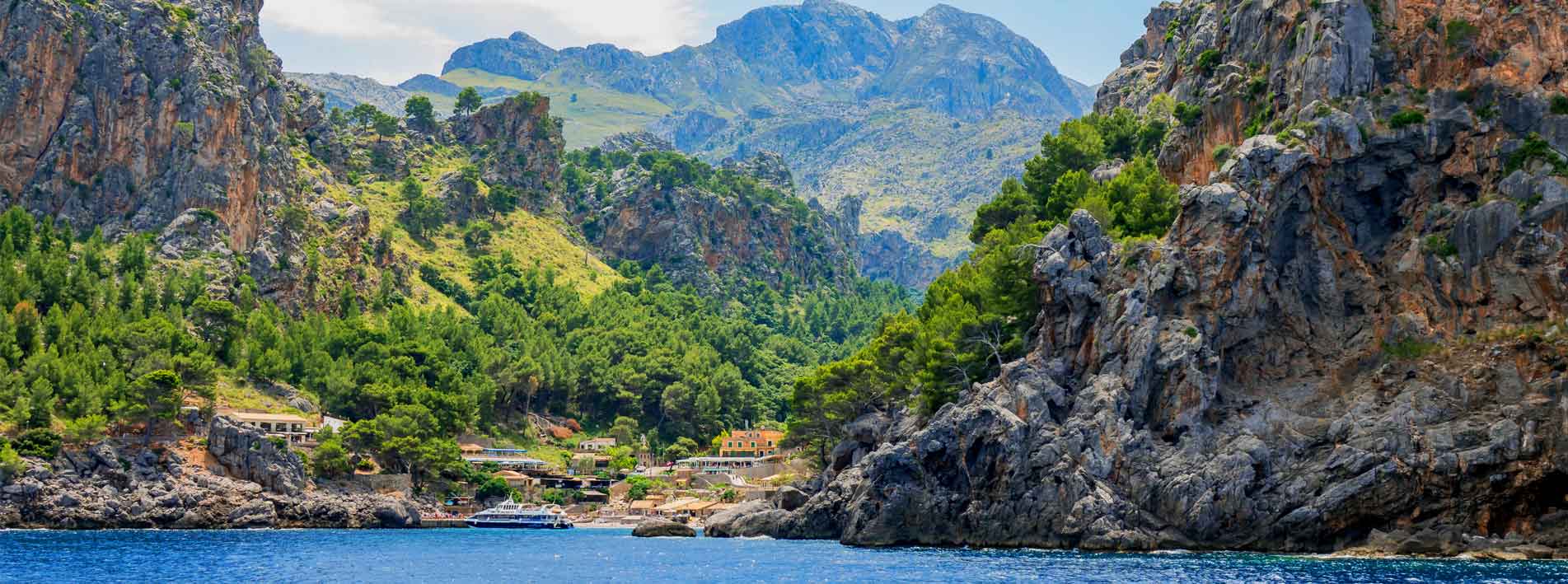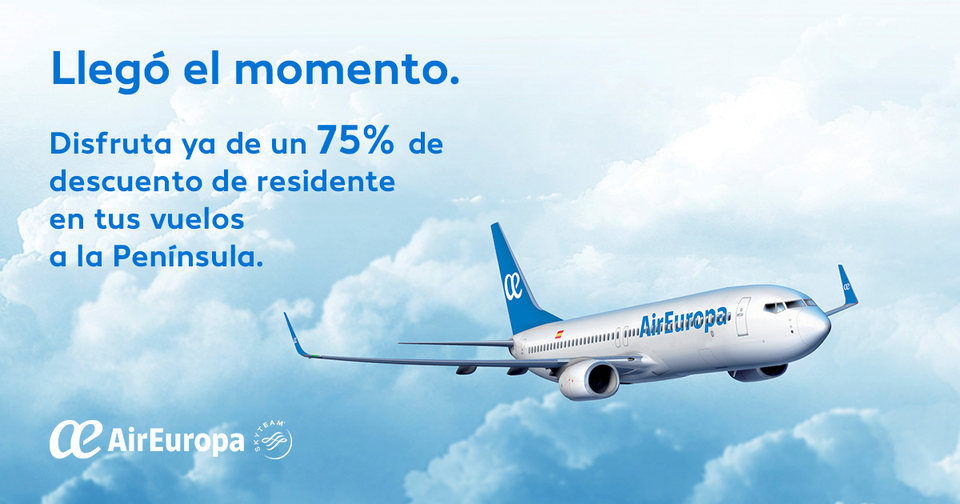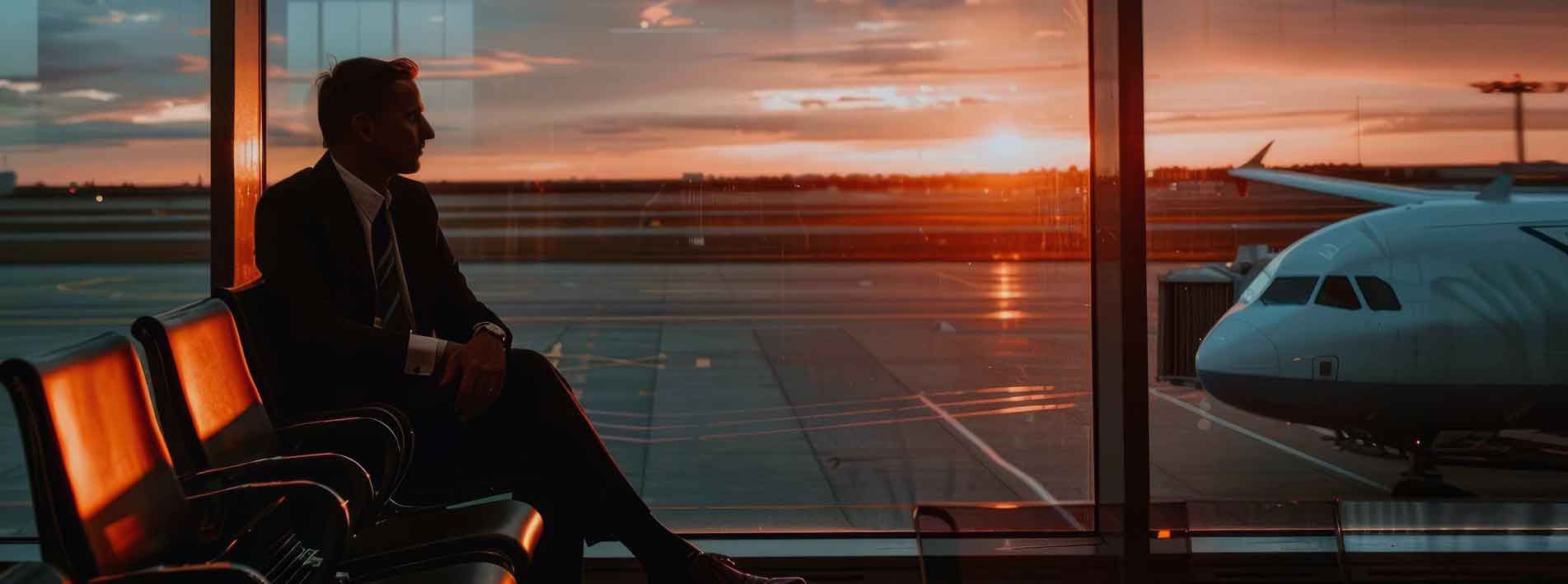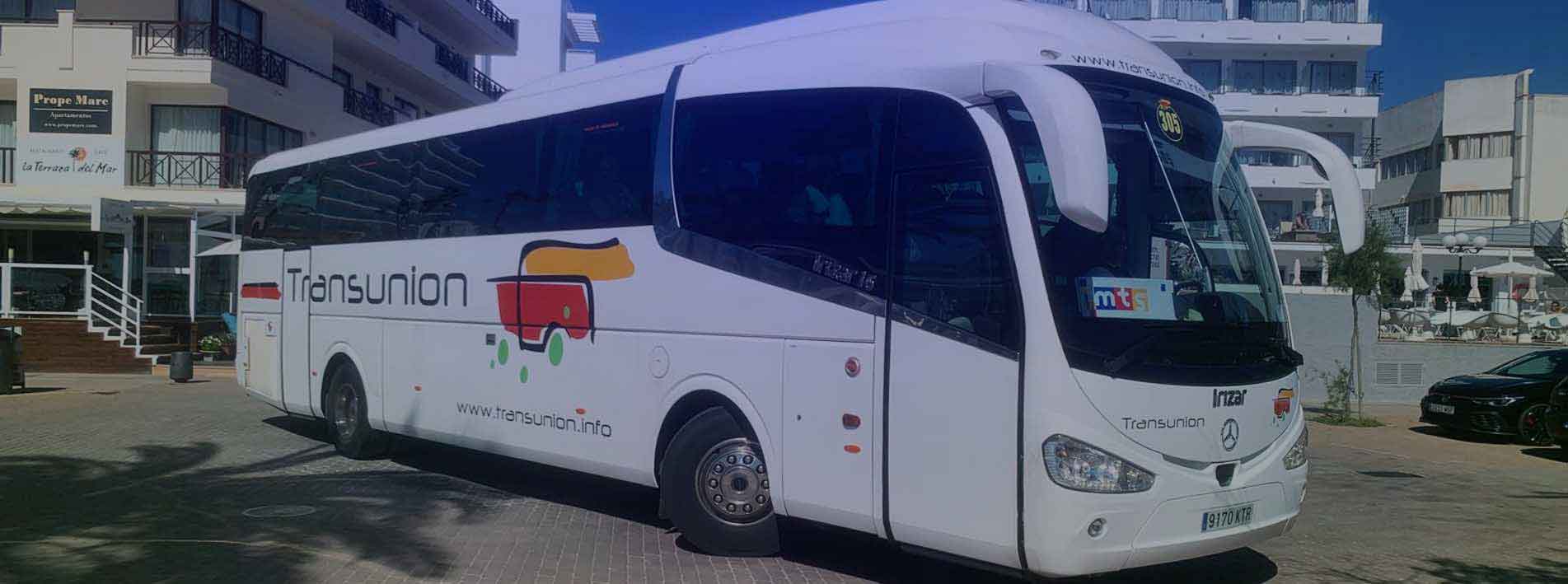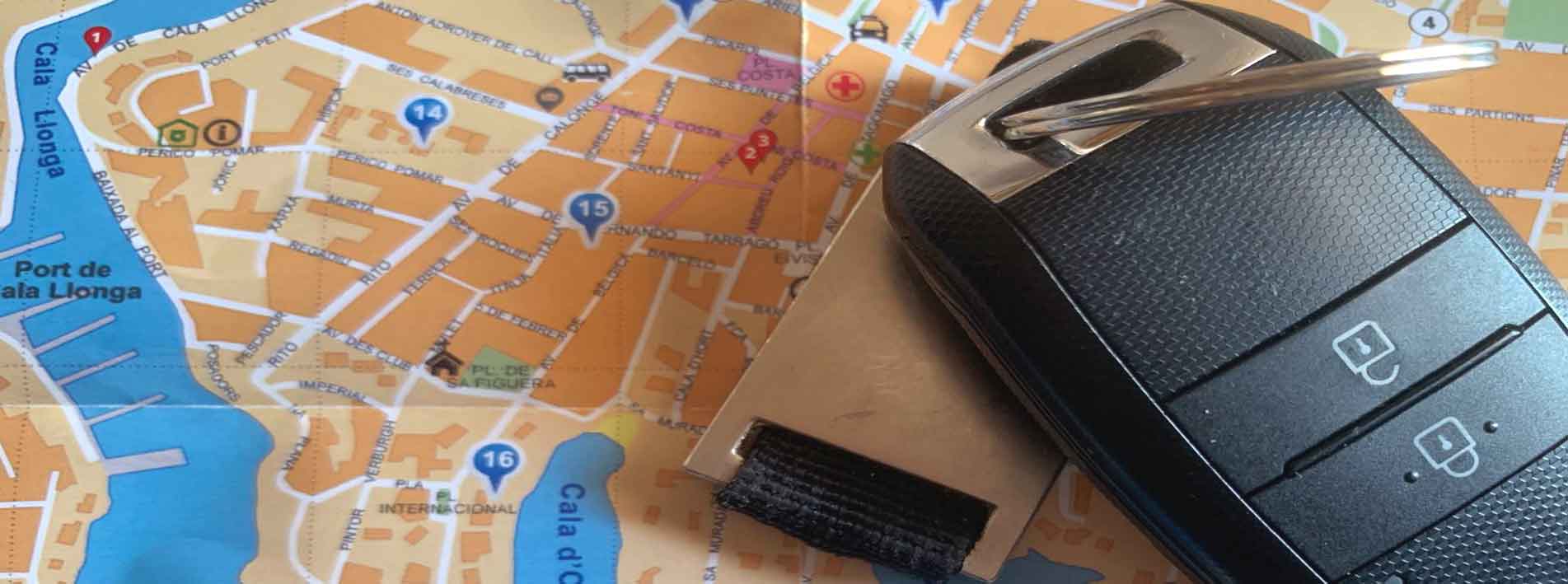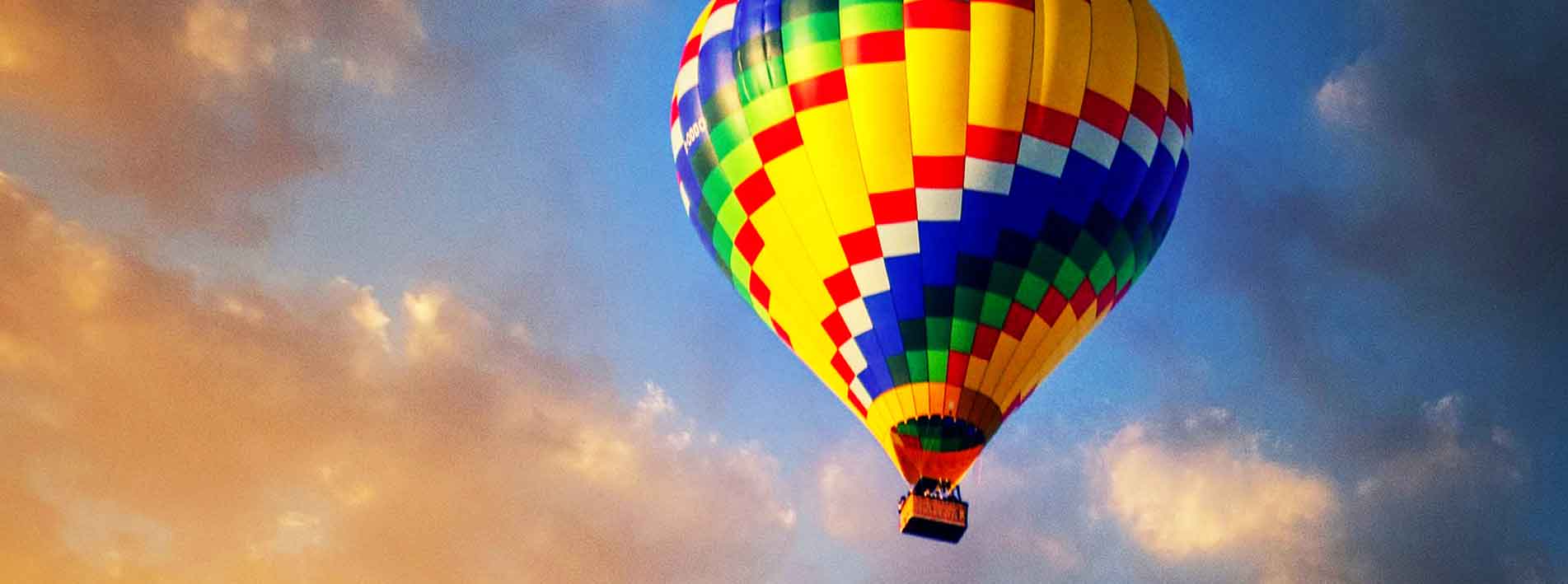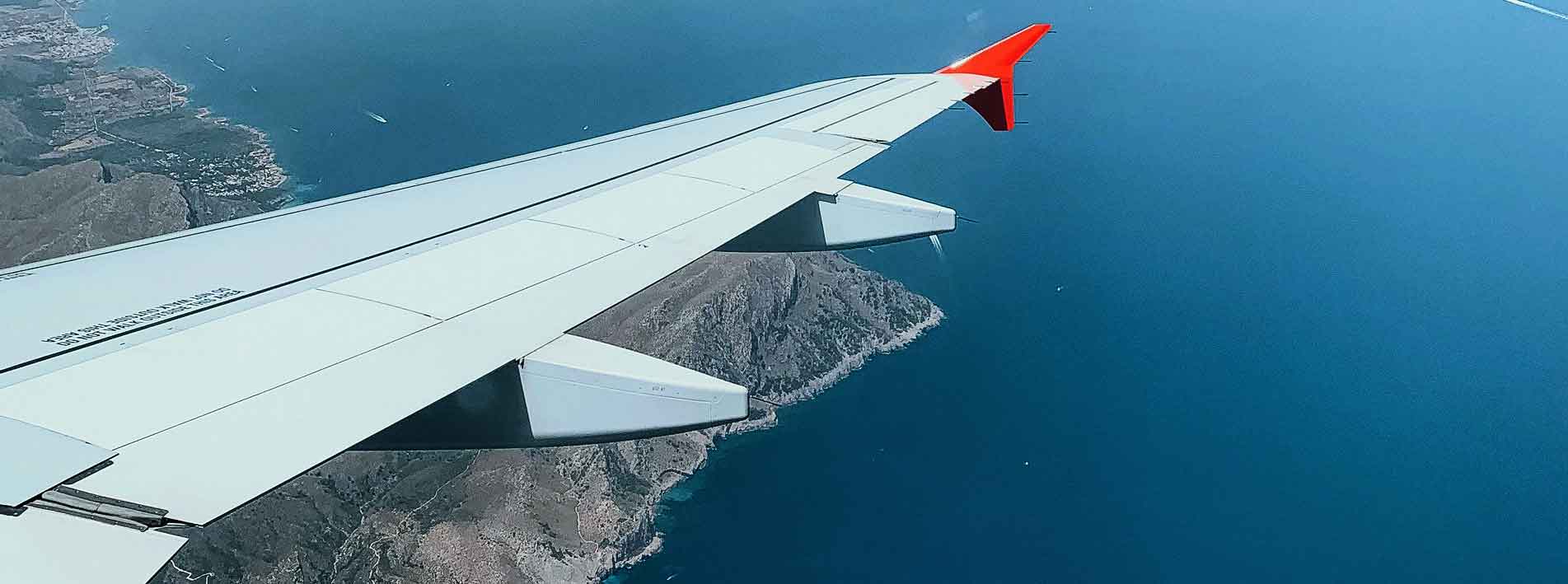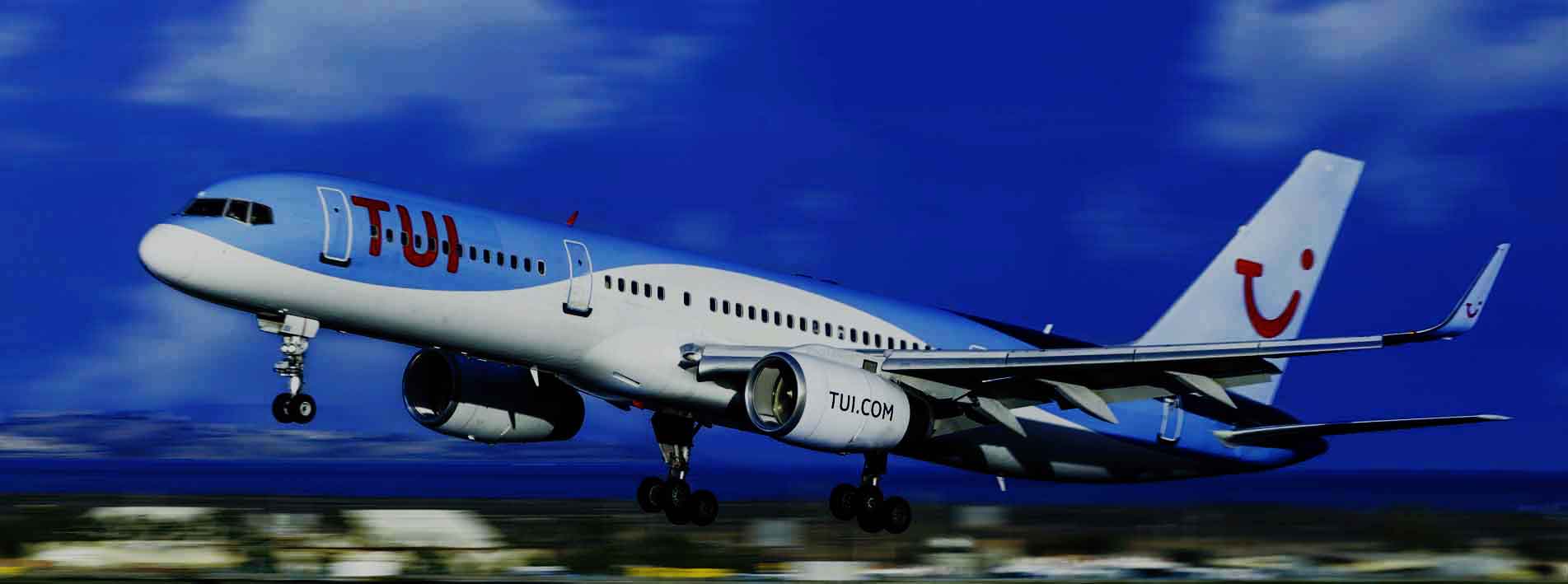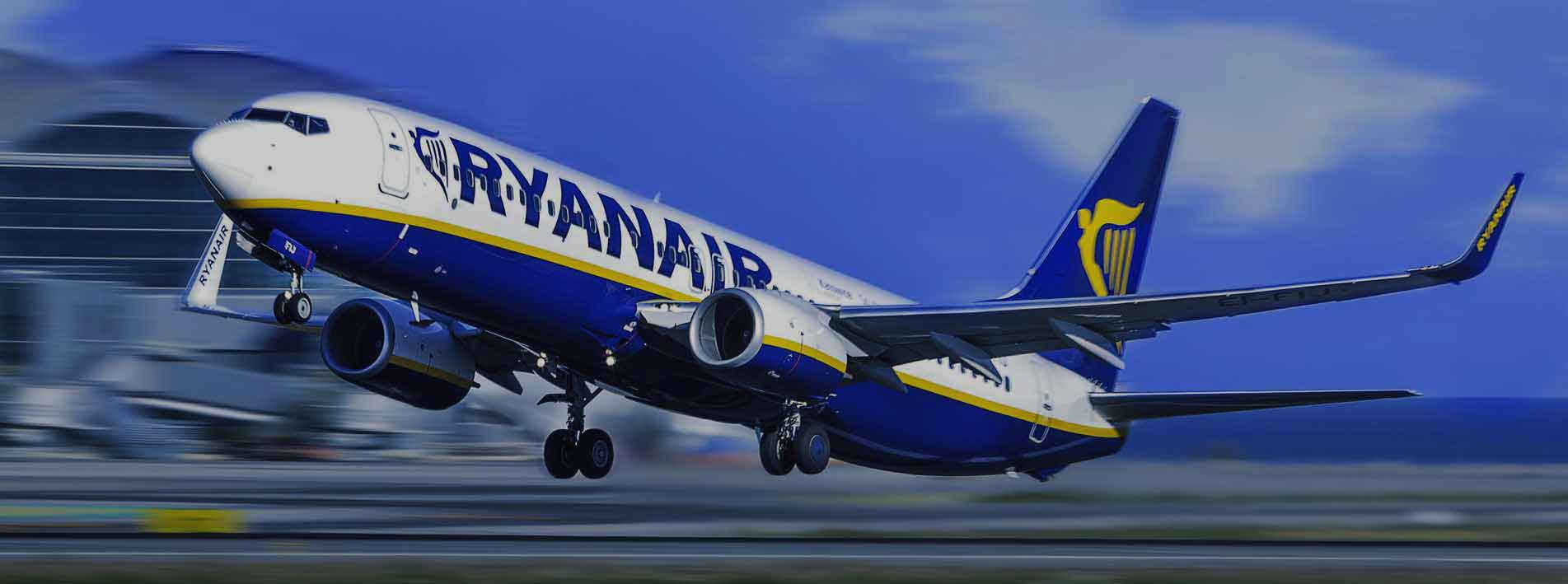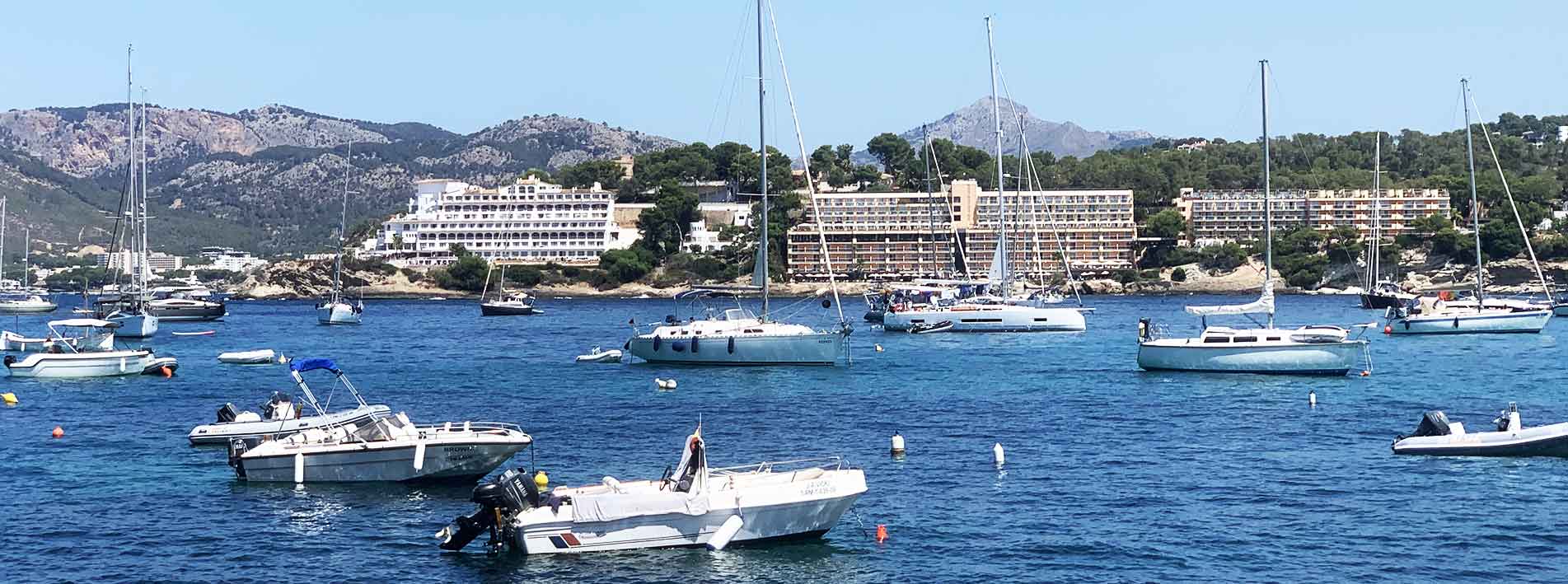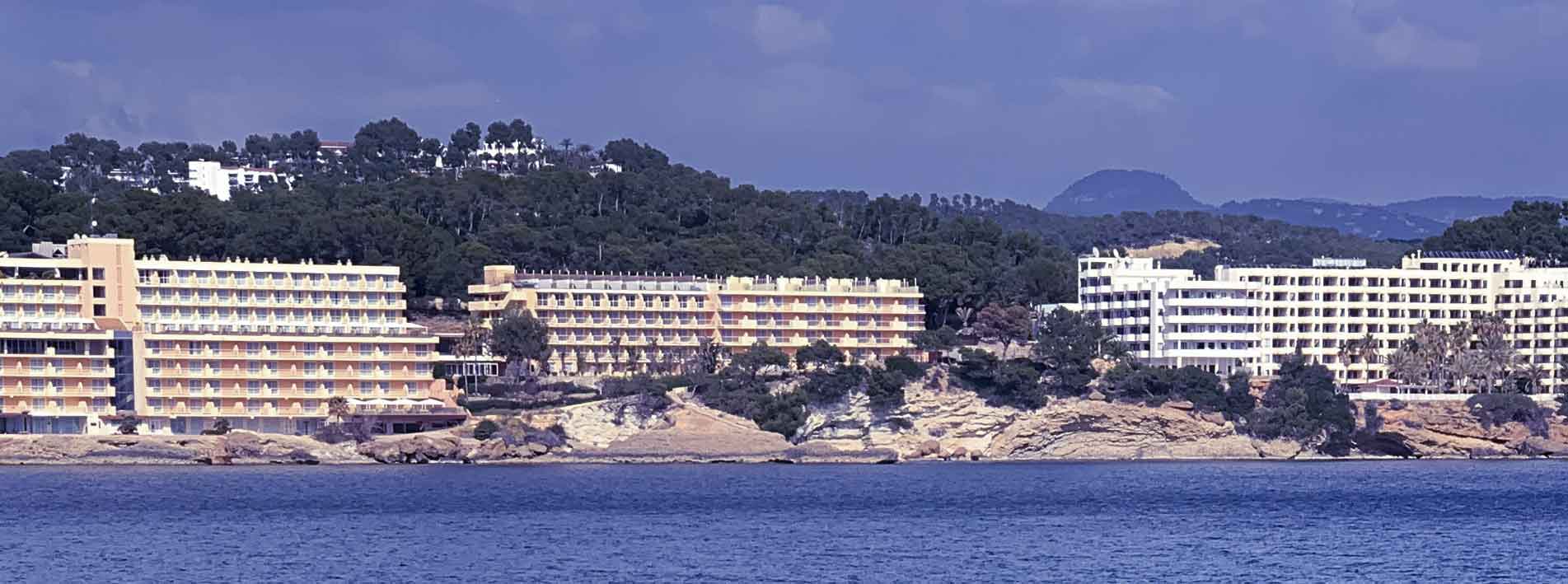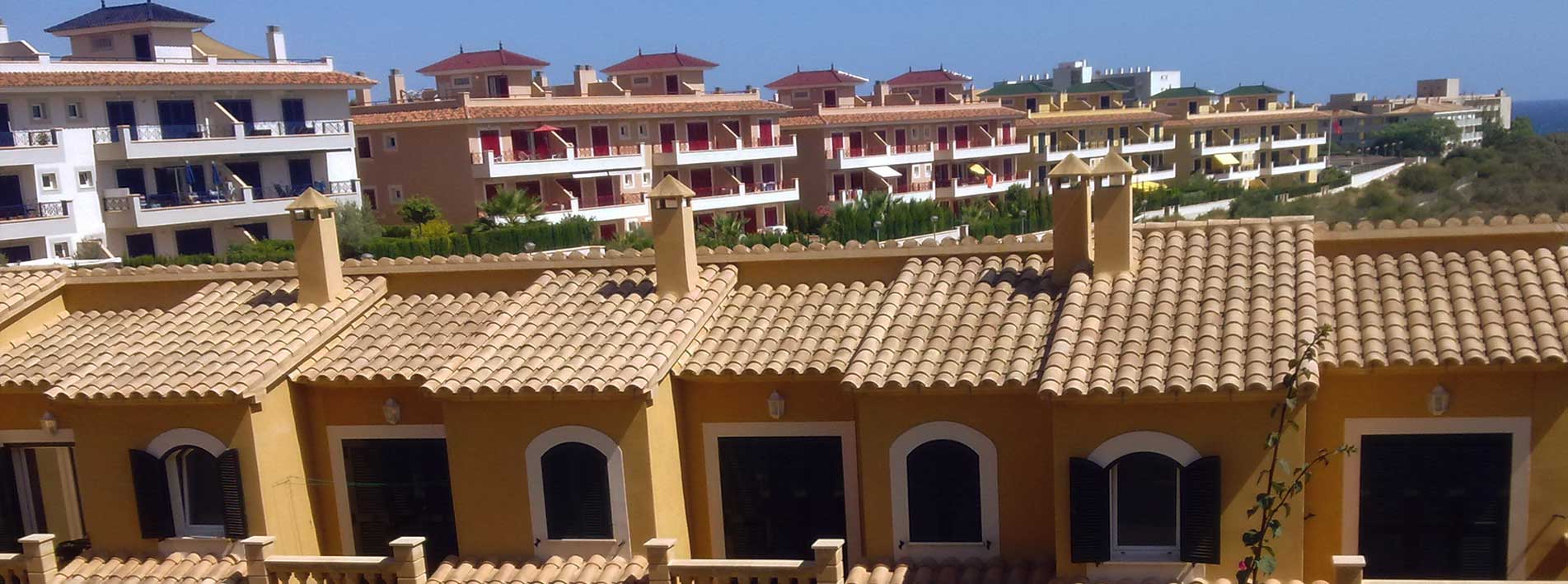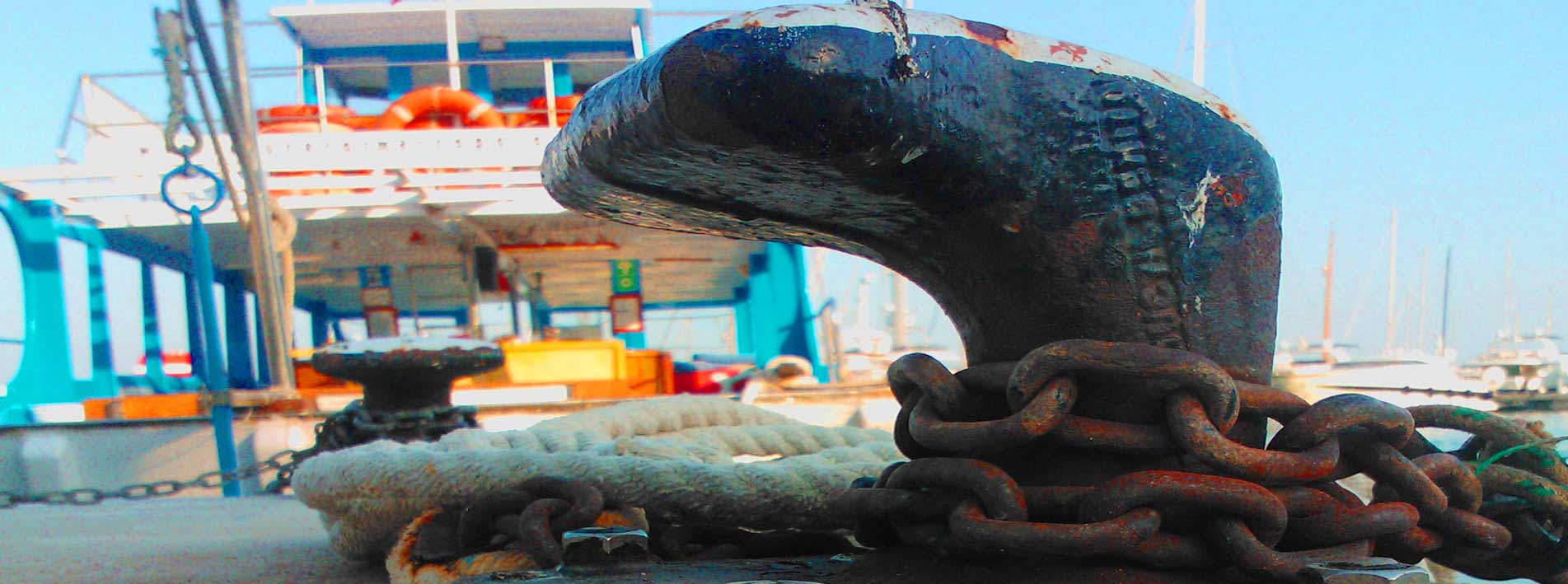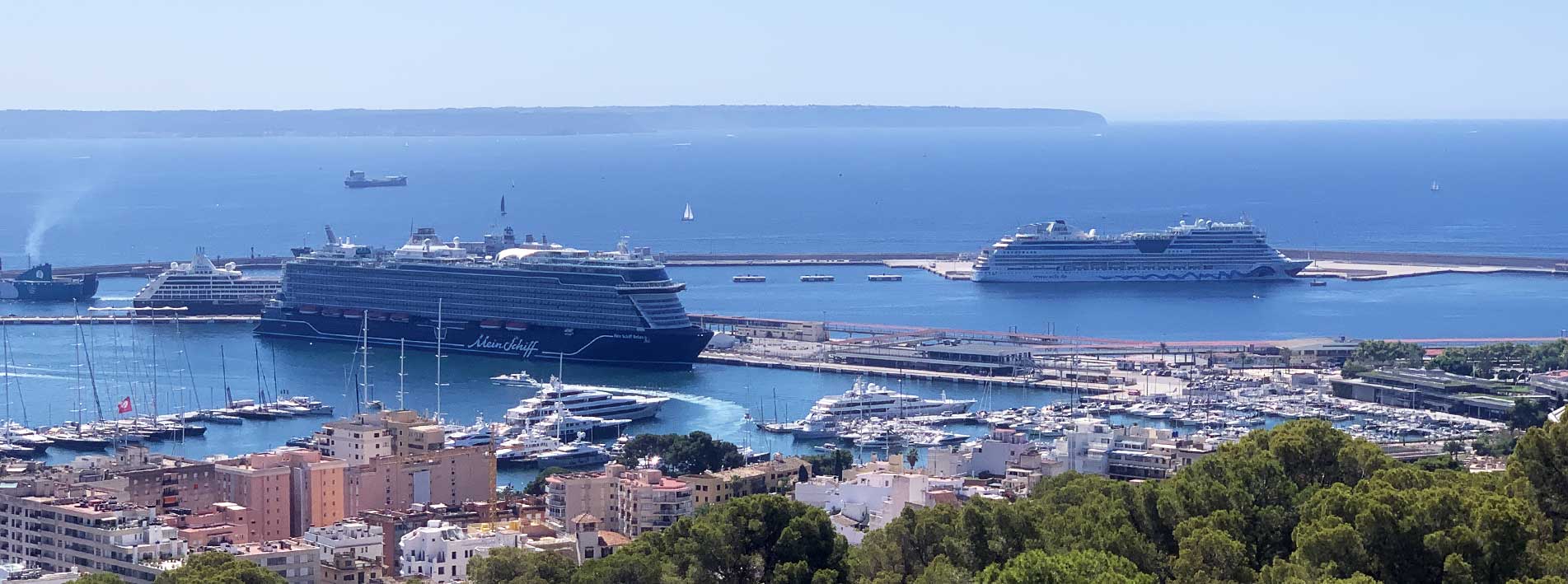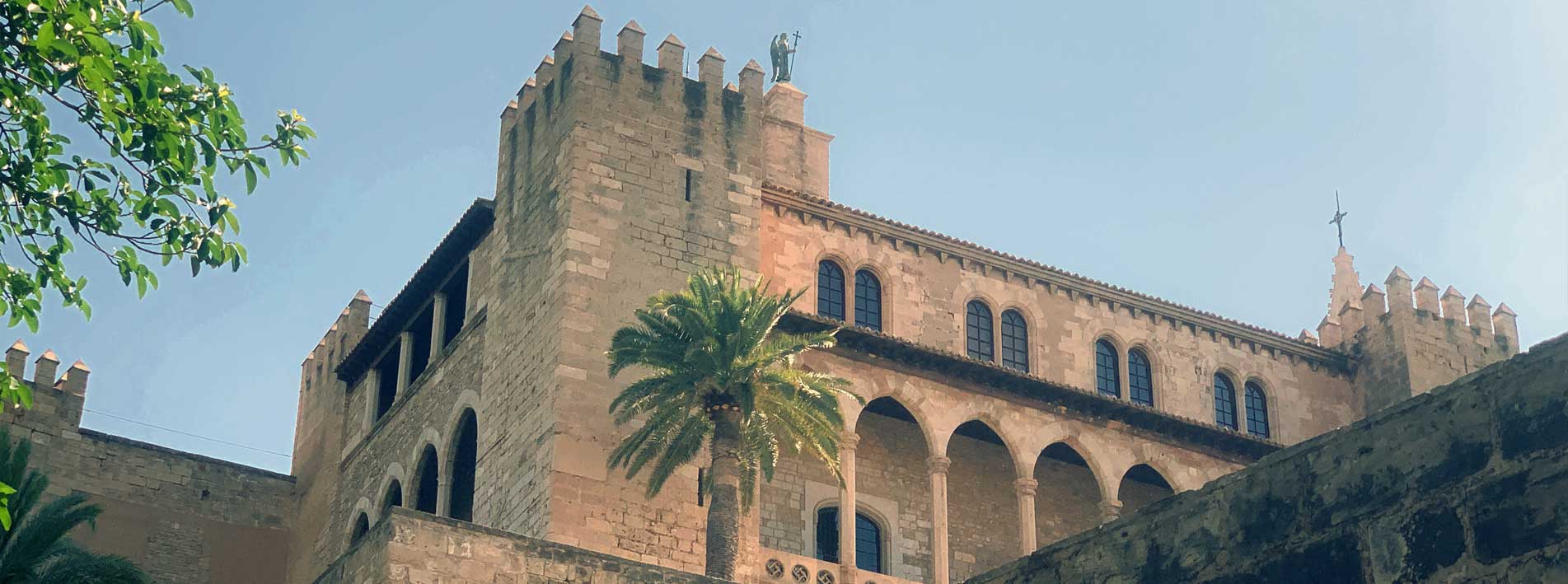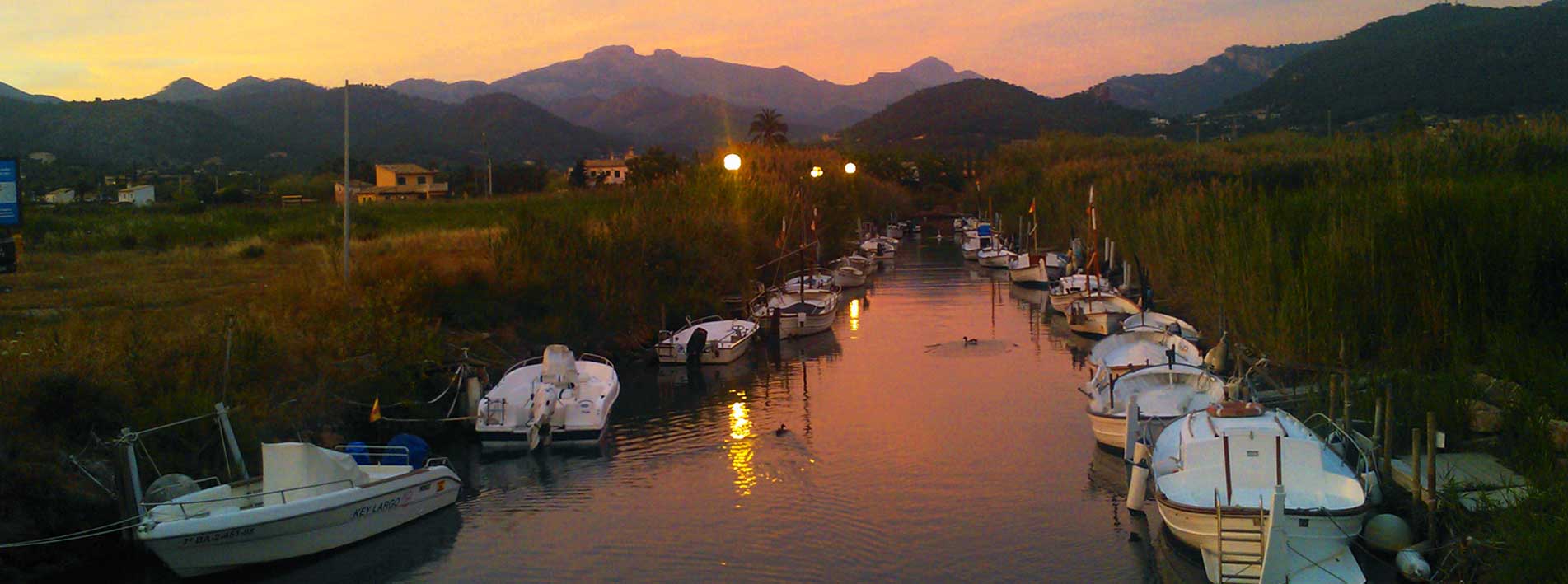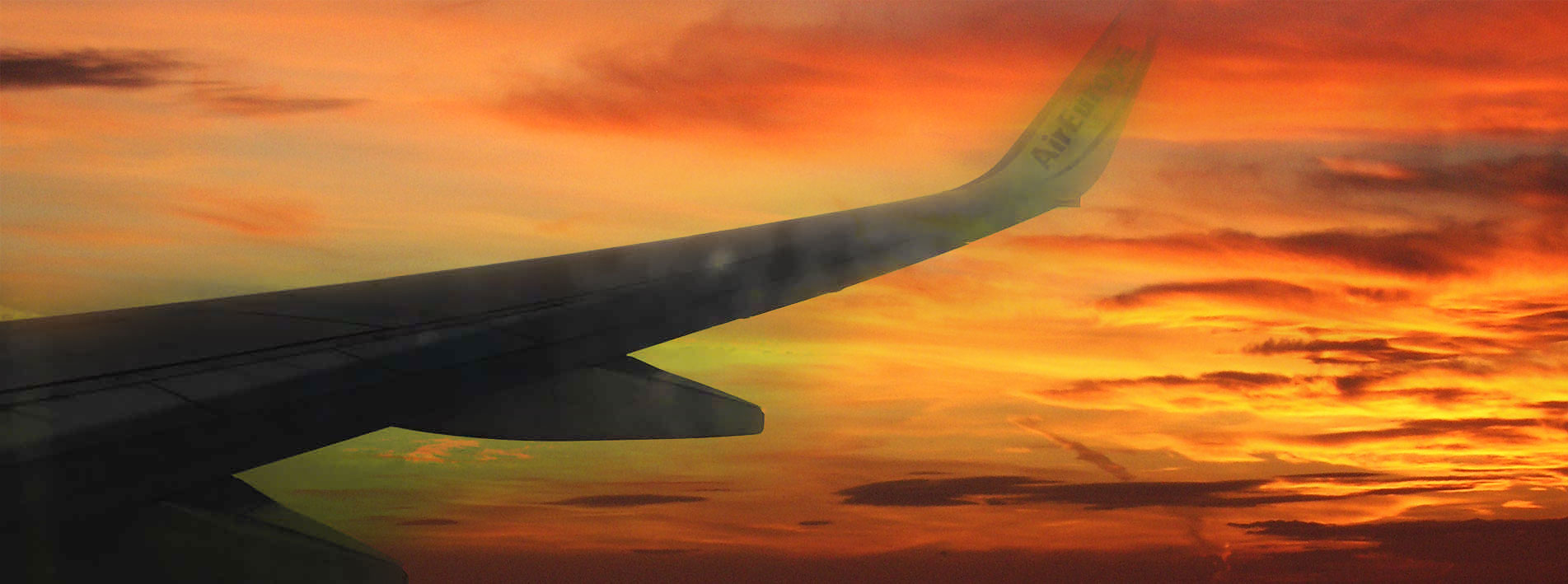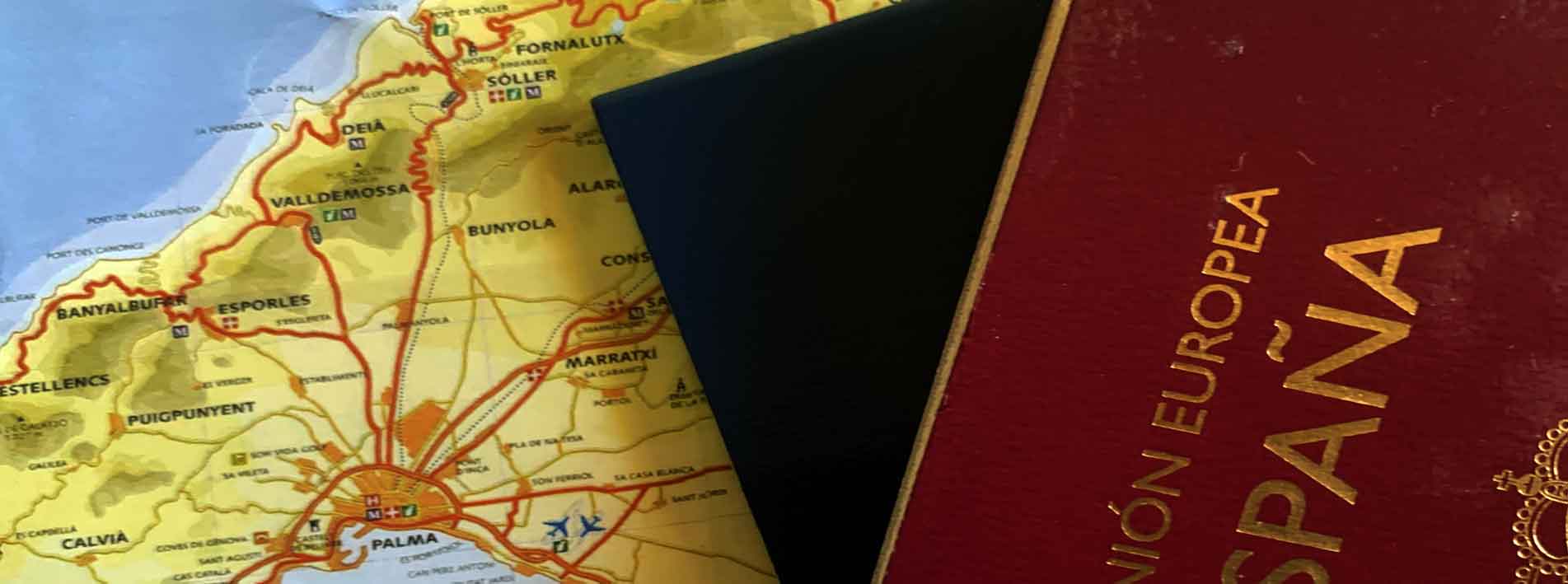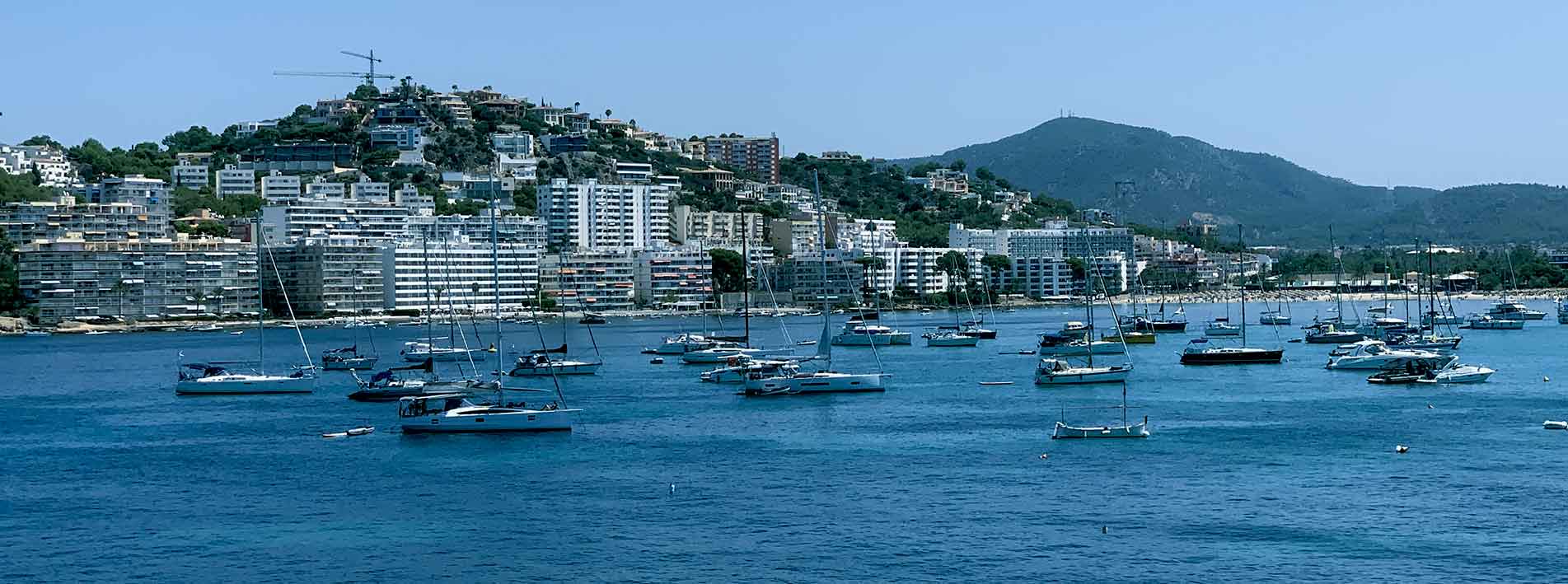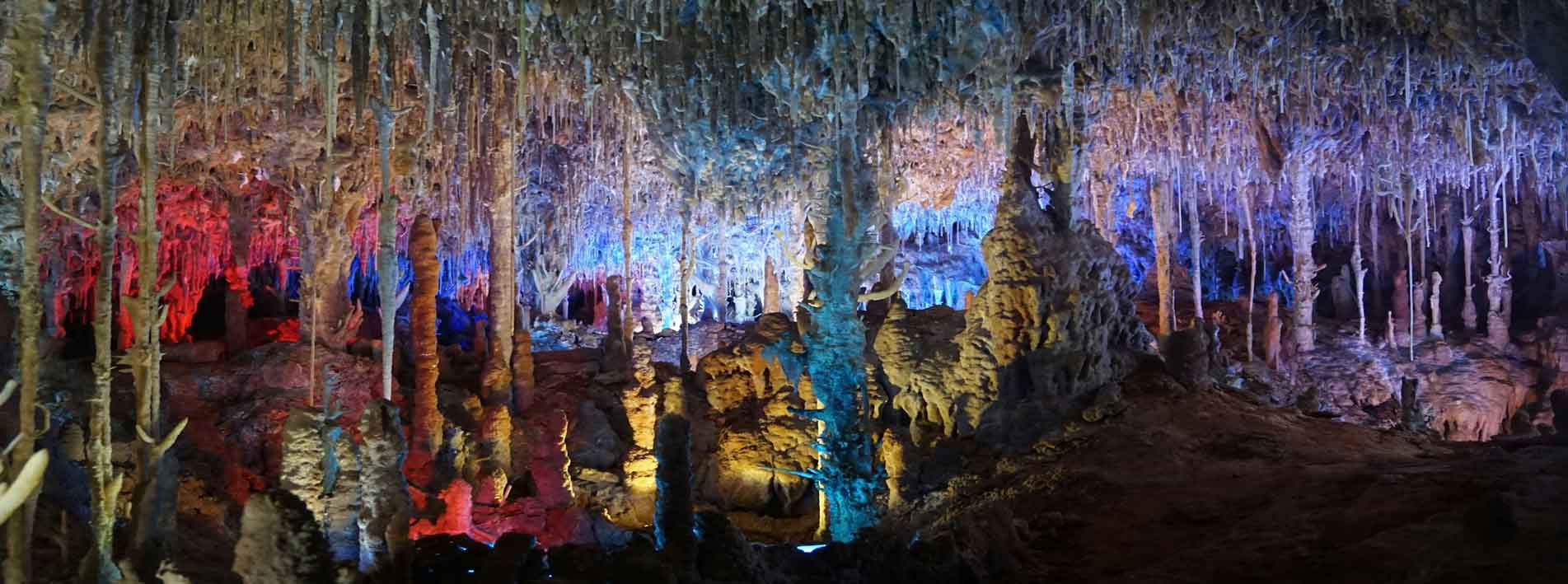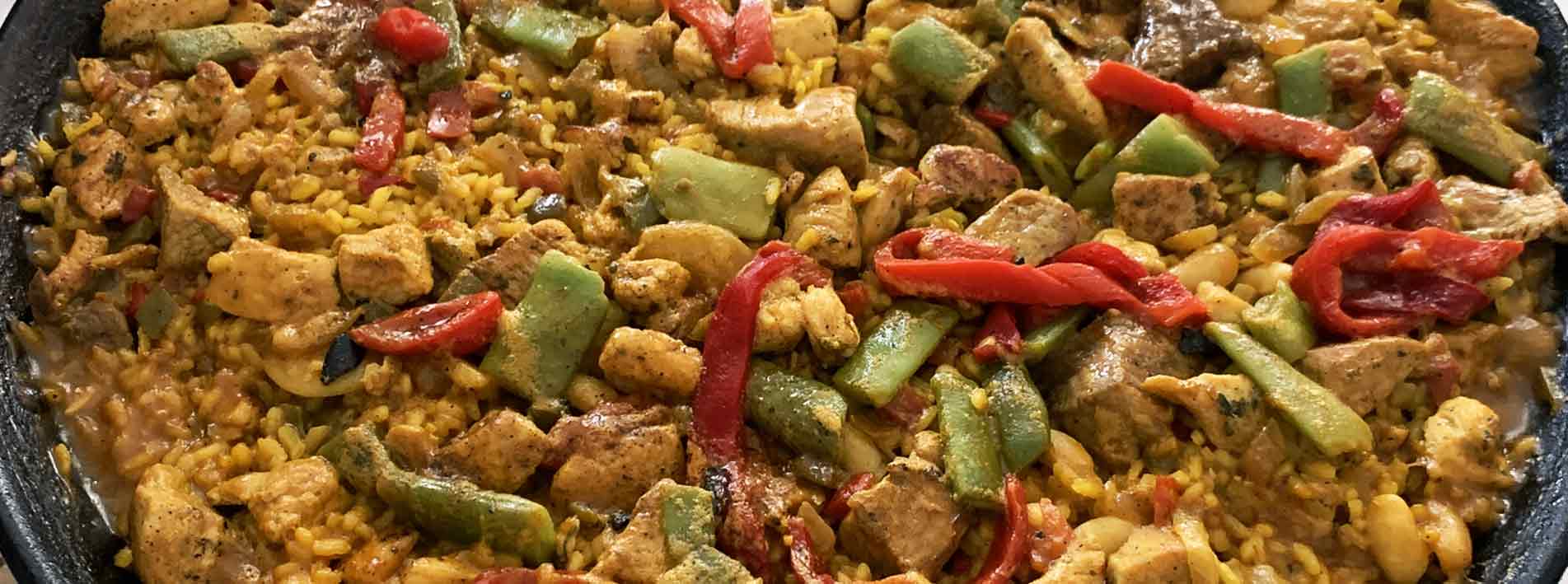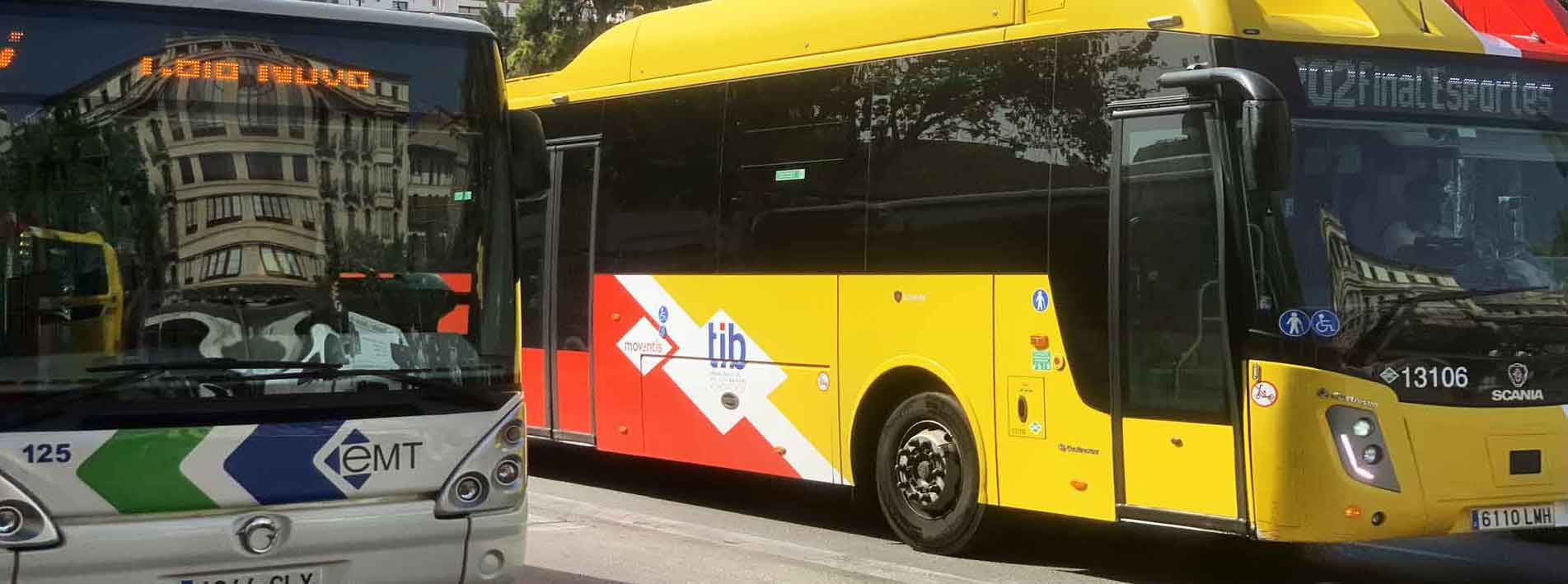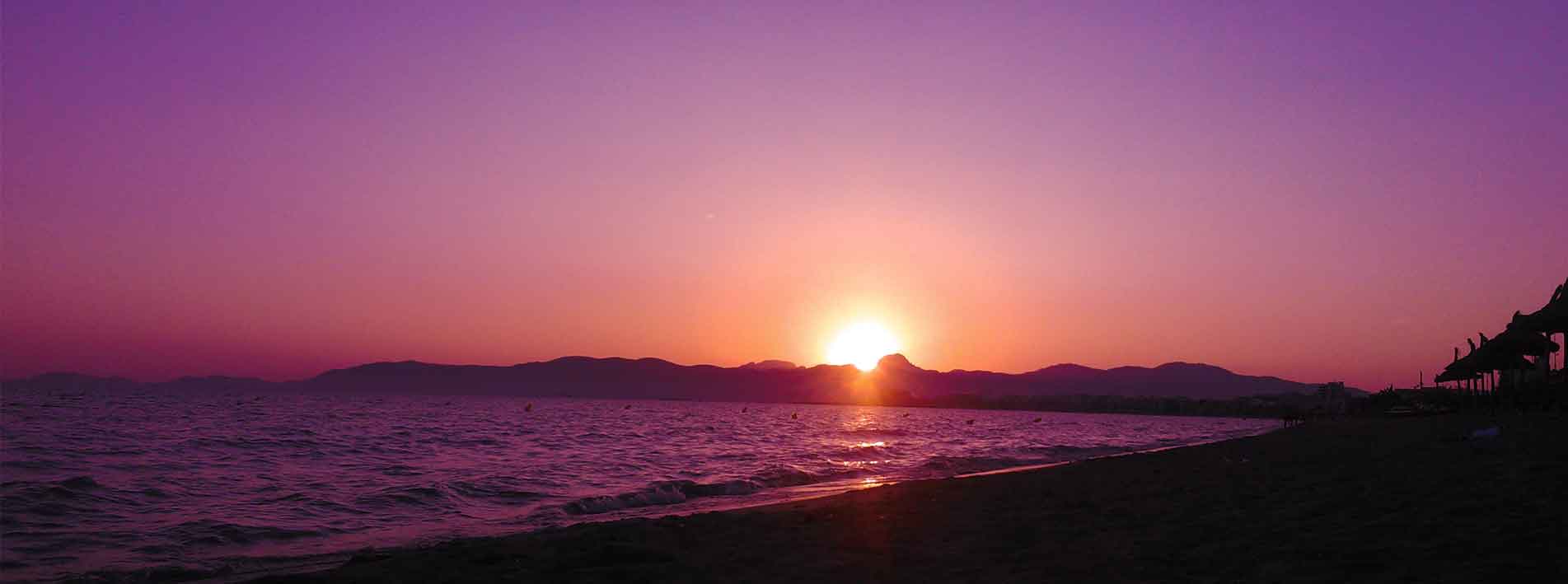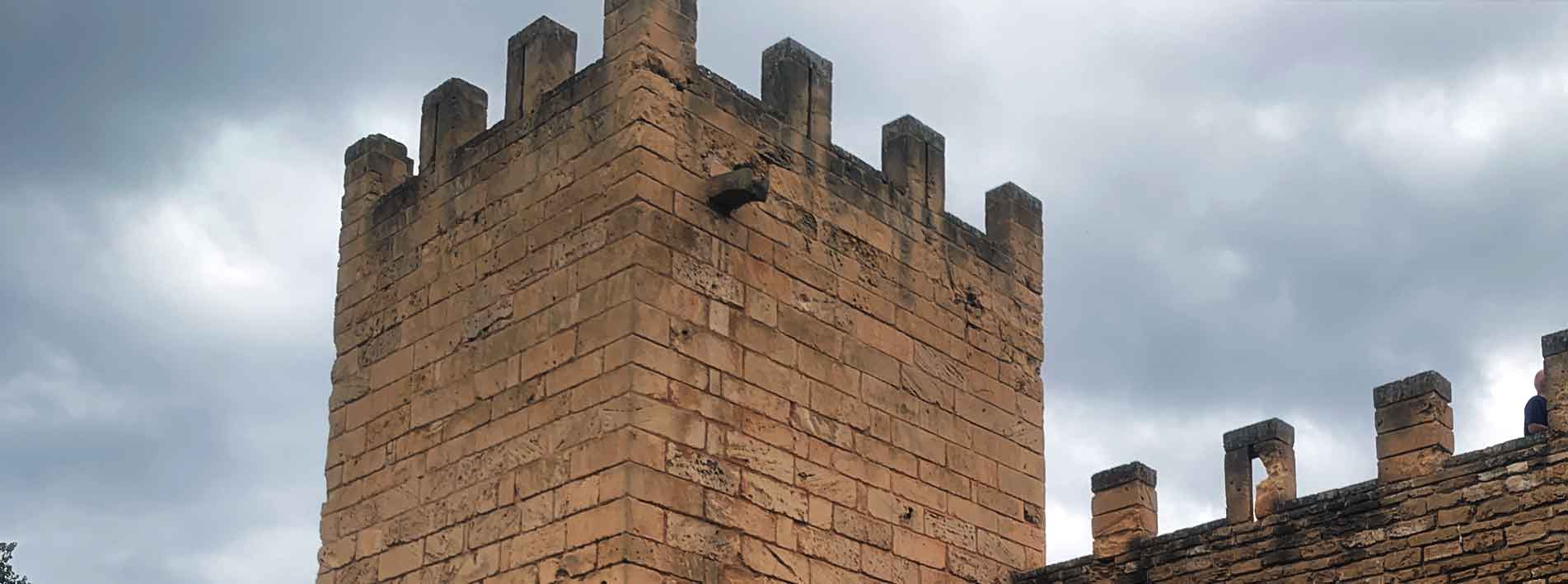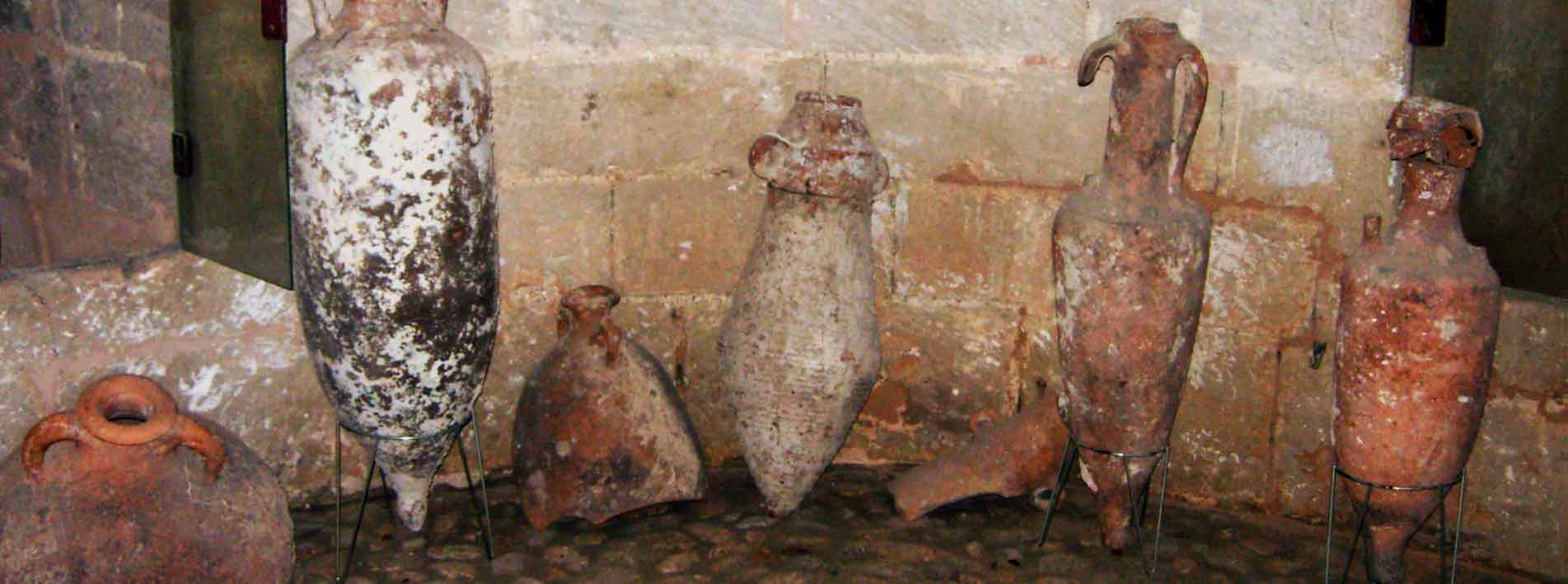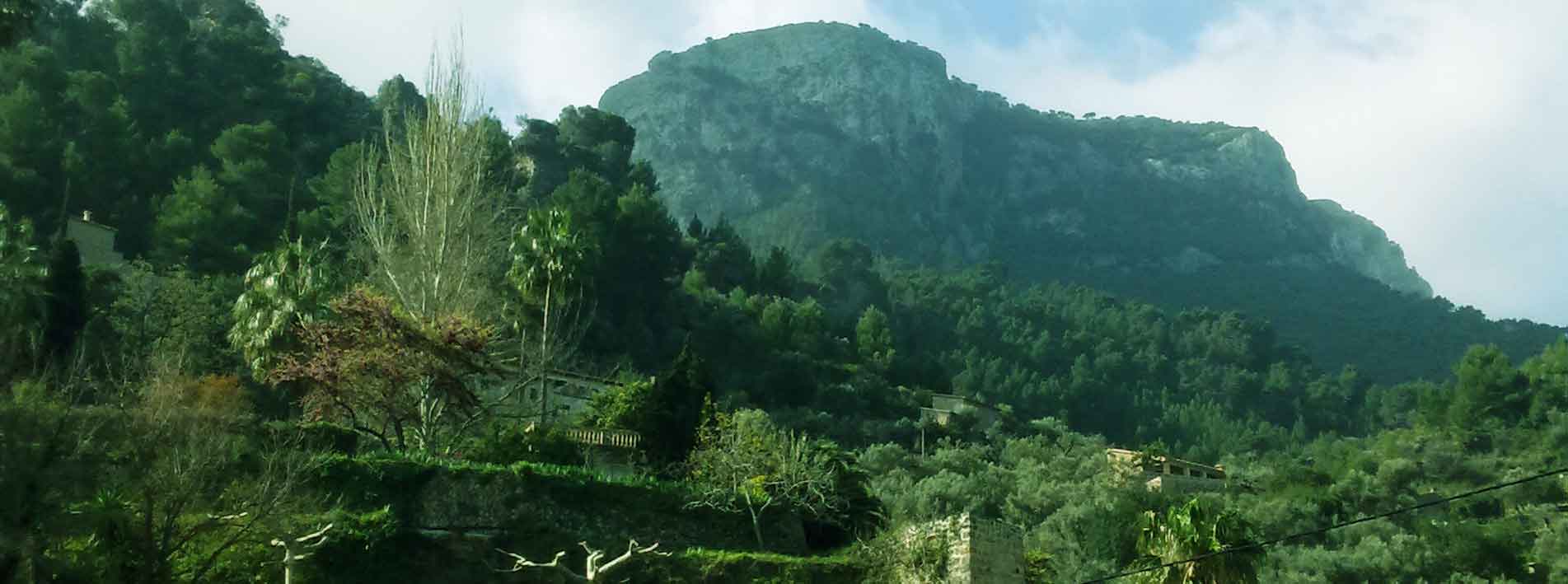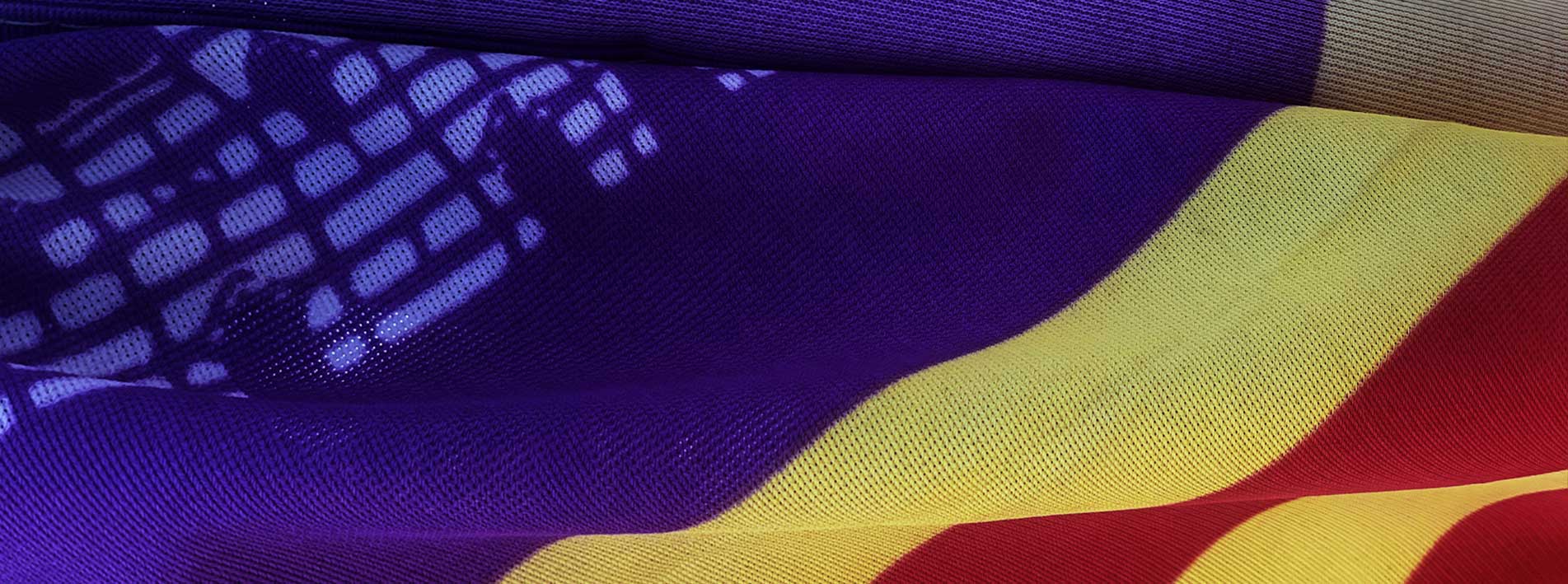Escorca
Escorca is a village in Mallorca located in the Sierra de Tramuntana district, comarque or counti. It is known for being the least populated on the island and for being home to the highest mountains, such as Puig Major. Its landscape is spectacular, with cliffs and hidden coves and it is home to the important Monastery of Lluc, which attracts thousands of pilgrims. Escorca is a popular destination for ecotourism and outdoor activities due to its natural environment and its numerous famous hiking trails.
Location and general characteristics of Escorca
Escorca is located in the northern part of Mallorca, in the Serra de Tramuntana, declared a World Heritage Site by UNESCO. The municipality is defined by a rugged mountainous landscape, with the highest peaks on the island. Its territory borders the north coast, featuring impressive cliffs. It does not have its own port, but it can be accessed from anchorages in Sa Calobra and Cala Tuent.
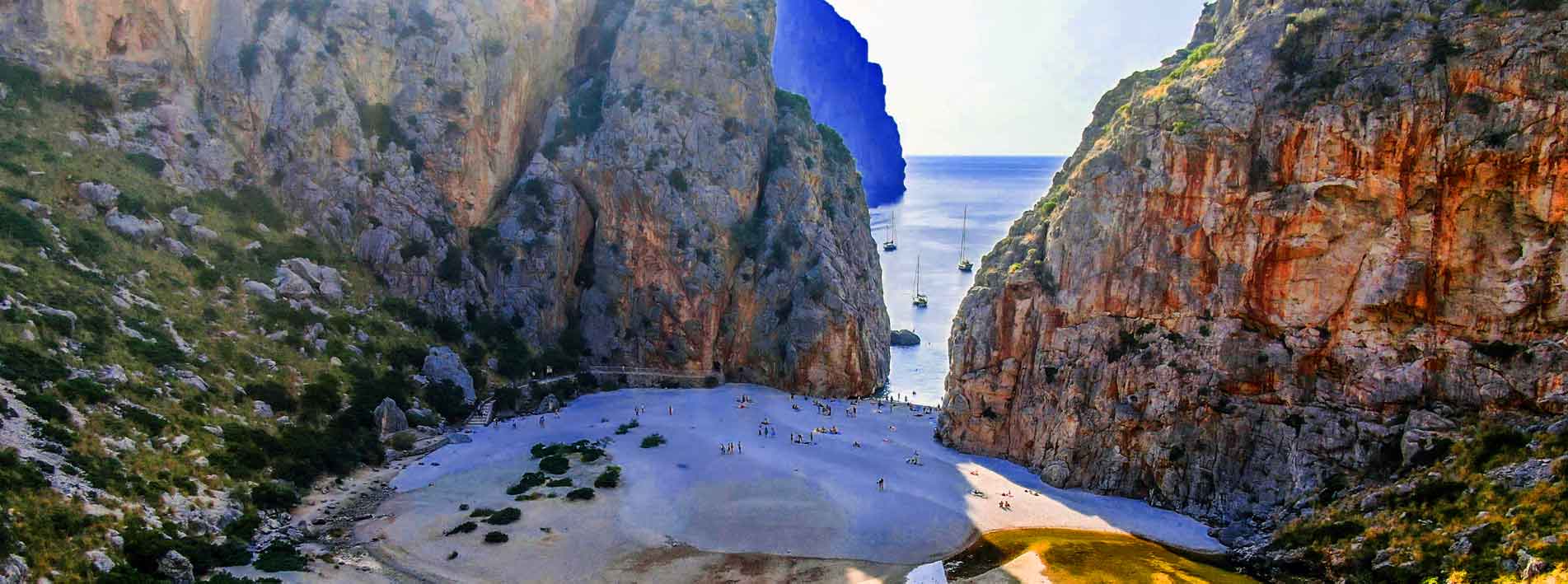 Geography and population of Escorca
Geography and population of Escorca
Escorca is the largest municipality in Mallorca in terms of area, covering approximately 140 km² and encompasses much of the rugged Sierra de Tramuntana. Despite its size, it is the municipality with the smallest population on the island and its urban center is very scattered.
Place names in Escorca
The place names in Escorca, which come from Latin, seem to derive from the name of the old parish church of San Pedro de Escorca, built in the 13th century. Originally, the municipal area was called Almallutx and covered a larger mountainous area, before the name was restricted to designate the farmstead between Cúber and Turixant. Later, when Almallutx was restricted to designate a specific farmstead, the large enclave of the municipality adopted the name Escorca. The word “escorca” in Catalan means “bark.” For our part, we have not found any evidence to establish a direct connection between the symbolism of bark and the church of San Pedro de Escorca.
Biodiversity
Escorca, located in the Sierra de Tramuntana, is home to a rich biodiversity with varied flora that includes holm oaks, pines, strawberry trees and mastic trees, among others. Its fauna is diverse, with large birds of prey such as kites, smaller birds such as warblers and chickadees and mammals such as martens. It is also a key location for bird watching, with around 140 species recorded and Special Protection Areas (SPAs) dedicated to black vulture nesting. In Torrent de Pareis, a protected area in Escorca, there is a small population of the endangered Balearic toad. Endemic invertebrates such as the Iberellus balericus snail and the bleeding nose beetle have also been reported.
The municipality is part of the Sierra de Tramuntana Natural Park, a protected area that seeks to preserve its natural and cultural values. To carry out certain nature activities such as canyoning or caving, prior authorization from the Balearic Institute of Nature (IBANAT) is required.
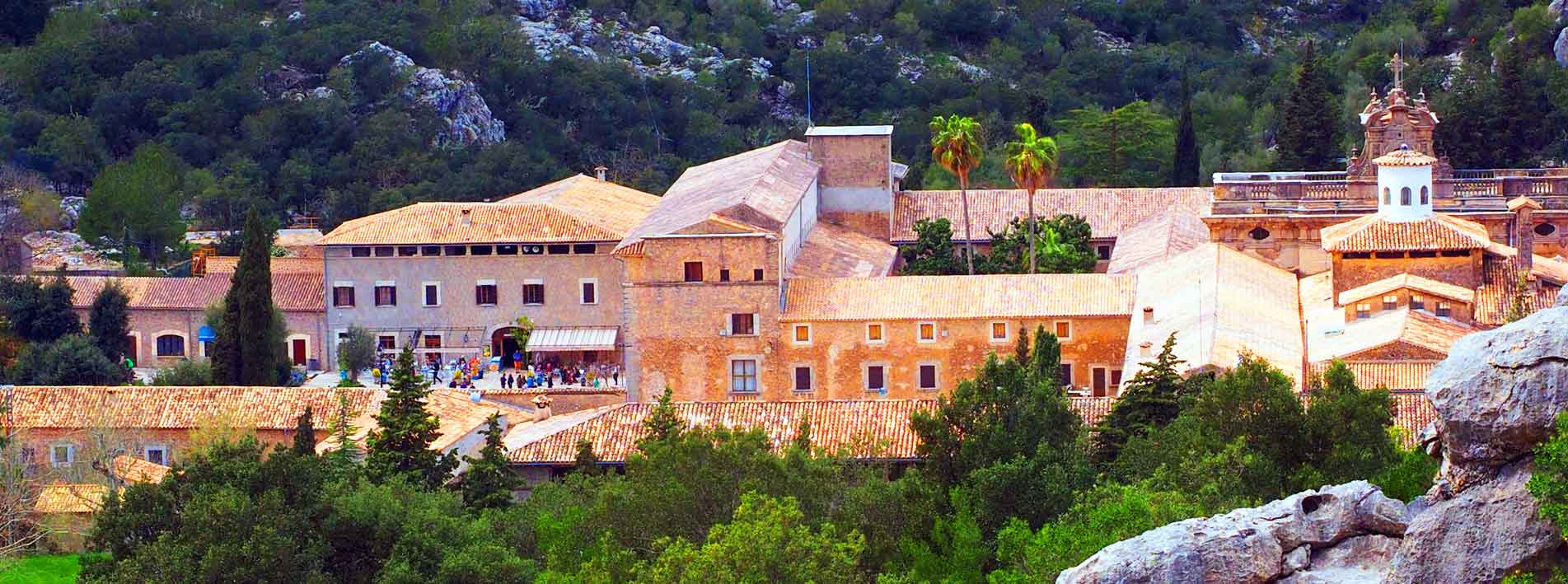 How to get to Escorca
How to get to Escorca
To get to Escorca, you can drive from Palma through the Serra de Tramuntana, which offers panoramic views. There are also public transport options combining train and taxi or directly by bus. From Sa Calobra, the fastest option is by car or taxi (more expensive), while the 231 bus also connects to the Sanctuary of Lluc, although this may take longer.
Getting to Escorca by car: This is the most recommended option for independence and to be able to explore the area at your own pace.
Getting to Escorca by sea: It is possible to access coves such as Sa Calobra or Cala Tuent by boat from other points along the coast.
Getting to Escorca by combining taxi and bus: You can combine taxi and bus. For example, take a taxi to Escorca 2 and then the 231 bus to Lluc.
Places of interest in Escorca
Church of Sant Pere de Escorca: This was the first parish church in the municipality of Escorca in Mallorca, mentioned in the Bull of Innocent IV and is notable for preserving the typical characteristics of Mallorcan repopulation churches.
Santuari de Lluc: This is the most important monument in the area and the spiritual center of the island, where the patron saint of Mallorca, the Virgin of Lluc (La Moreneta), is worshipped. Monastery of Lluc: This is the most important monument in the area and the best-known place of pilgrimage on the island. It has a guesthouse, restaurants and a botanical garden.
Torrent de Pareis: A natural canyon of stunning beauty, accessible via the Sa Calobra road or by sea, leading to a small beach.
Sa Calobra Road: An 11-kilometer road with 800 curves and a famous 270° curve called the “tie knot,” very popular with cyclists and motorcyclists. The winding Sa Calobra road is an attraction in itself, leading to the impressive Torrent de Pareis gorge, which ends at a cove.
Sa Calobra: A stunning cove with crystal clear turquoise waters located at the mouth of the Torrent de Pareis, surrounded by cliffs over 200 meters high. It is known for its access via a winding road, a boat service from Port de Sóller, or a hiking trail along the stream.
Cala Tuent: A spectacular cove that is very popular with sailors. It is a natural cove and harbor accessible by sea or on foot.
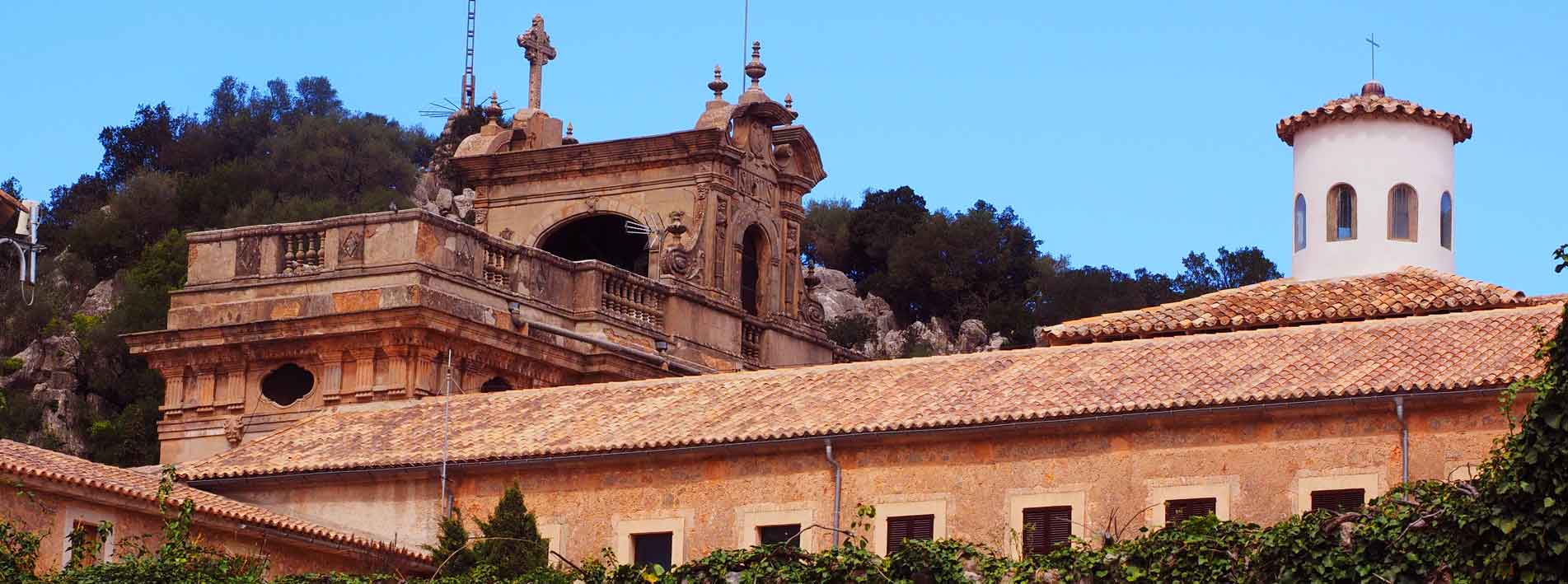 Activities in Escorca
Activities in Escorca
Hiking: Ideal for nature lovers, with numerous trails offering breathtaking views.
Ecotourism: Offers activities such as hiking, duathlons, workshops and the Fira Naturesport fair.
Sports: The Sa Calobra road is popular with cyclists and hikers.
Hotels and accommodation in Escorca
Most of the island’s tourist establishments, such as hotels and apartments, are located in coastal areas. Escorca is better known for its rural accommodation, refuges and sanctuary than for its large beach hotels. For those who prefer more urban accommodation, boutique hotels, family hotels and tourist apartments can be found in the municipalities closer to the sea, or in Palma. In Escorca, there are various agrotourism options scattered throughout the area, ideal for enjoying nature and the tranquility of a village that is both enigmatic and charming. In this municipality, the accommodation on offer focuses on rural and mountain options.
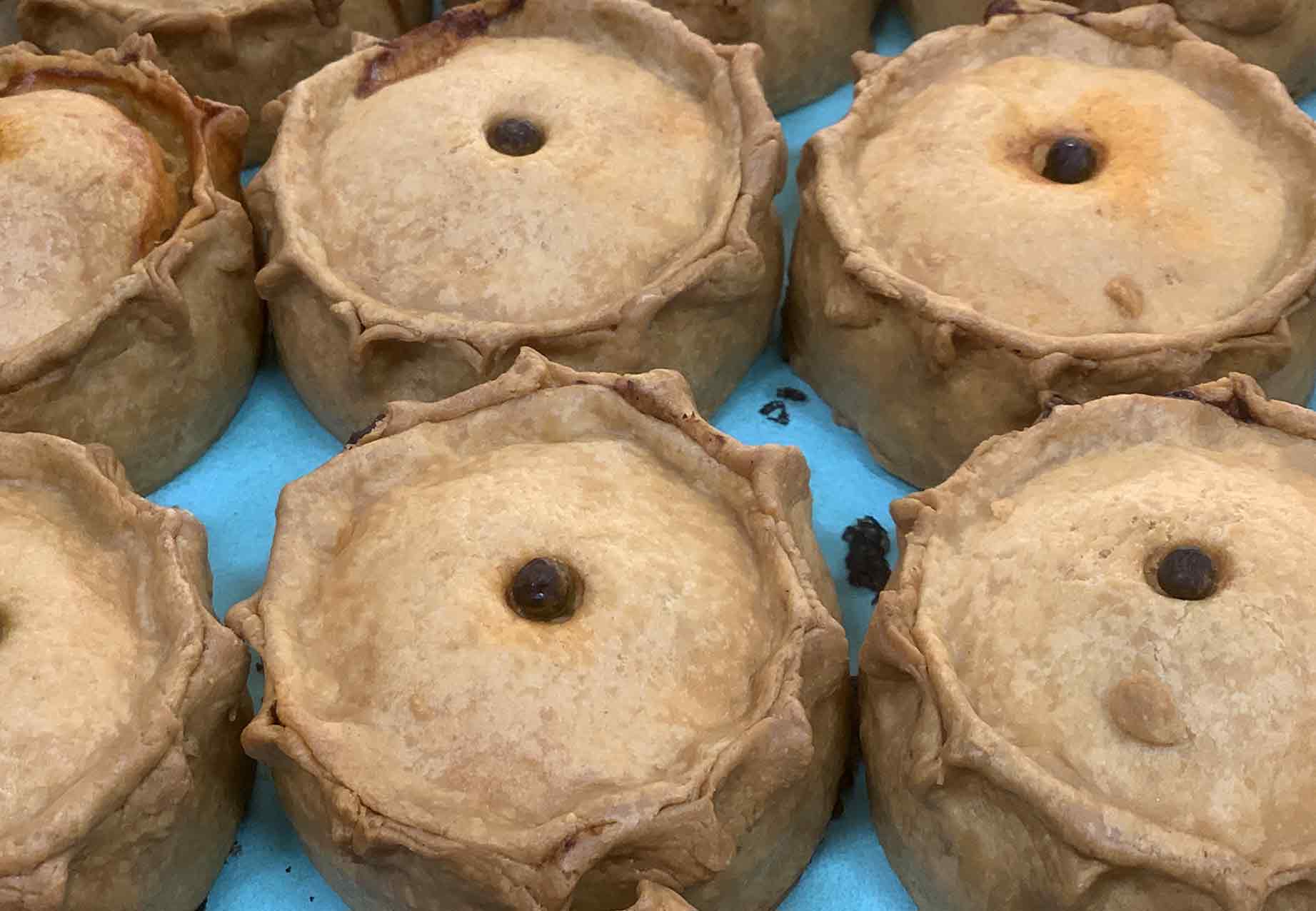 Gastronomy of Escorca
Gastronomy of Escorca
The cuisine of Escorca, like that of the rest of Mallorca, is based on local produce such as vegetables, pork and lamb, olive oil and fish. Its gastronomic culture is strongly linked to its natural environment and the local products it uses. Thus, in its restaurants and establishments, we can frequently find many of the following…:
Traditional dishes
Arròs brut: A spicy rice dish, often prepared with game or vegetables.
Tumbet: A summer dish made with eggplant, potatoes, peppers and tomatoes, similar to ratatouille.
Frito mallorquín: A stir-fry of meat (lamb or pork) and vegetables, sometimes with octopus or cuttlefish.
Mallorcan soups: A hearty winter dish made with country bread, vegetable broth and pork or lamb.
Pig roasted (porcella mallorquina): A festive dish of roast pork, much loved at celebrations.
Panades and cocarrois: Savory pies with fillings that vary according to the season, such as lamb, pork, or peas.
Mallorcan-style snails: A snail stew with aromatic broth and potatoes.
Other products and specialties
Sobrasada: A cured pork sausage with paprika, used in many dishes or eaten on bread.
Ensaimada: A spiral-shaped pastry made with flour, sugar and lard, an emblem of Mallorcan baking.
Wines of Mallorca: The Escorca area is home to the Mortitx Winery, known for producing high-quality wines using recovered local grape varieties.
Gató de almendra: An almond-based cake, also a traditional sweet.
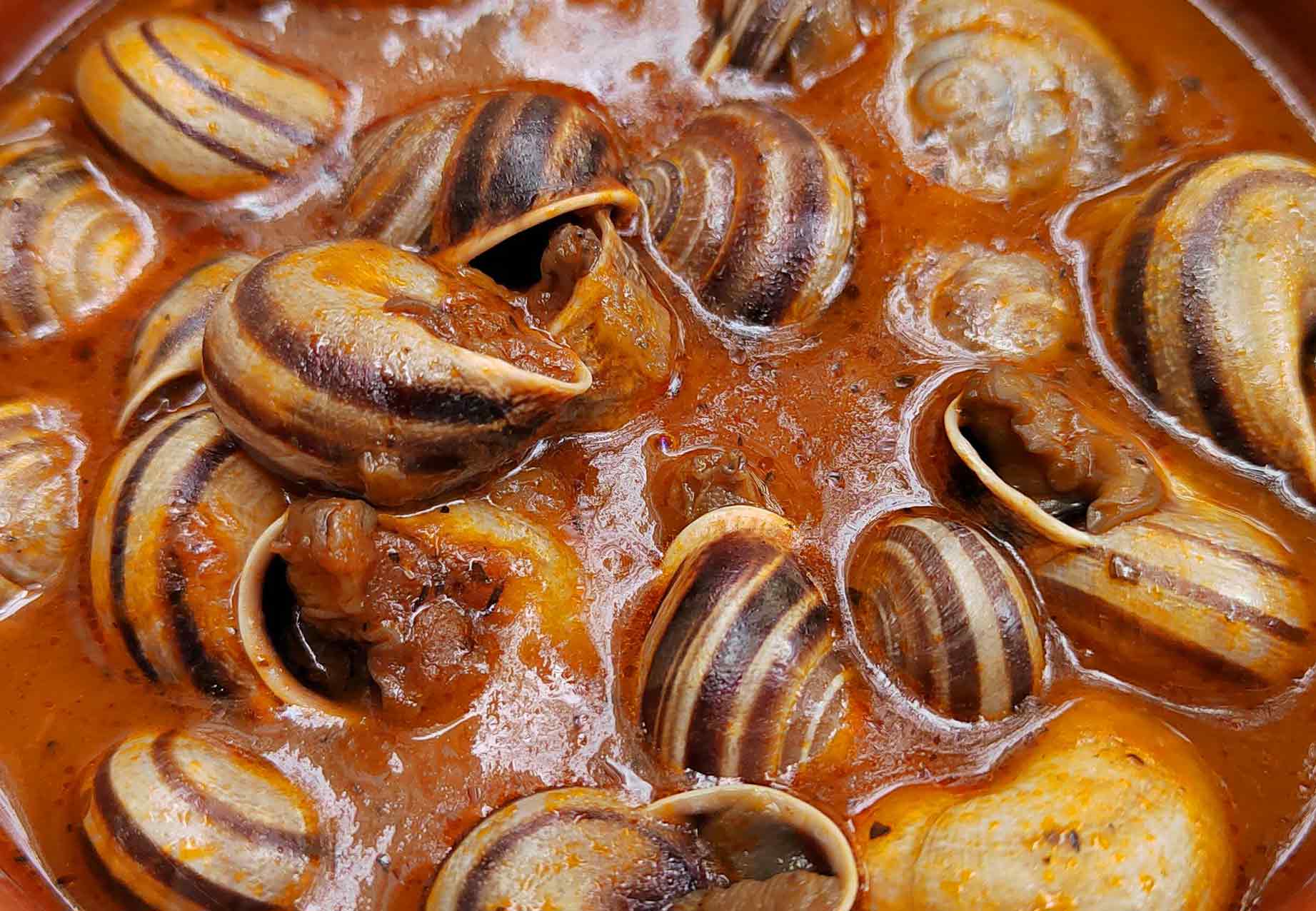 The culture of Escorca
The culture of Escorca
The culture of Escorca is characterized by a rich heritage from the Serra de Tramuntana. It includes traditions linked to nature, the archaeological heritage of the Talayotic culture, spirituality centered on the Monastery of Lluc and a local cuisine based on local products.
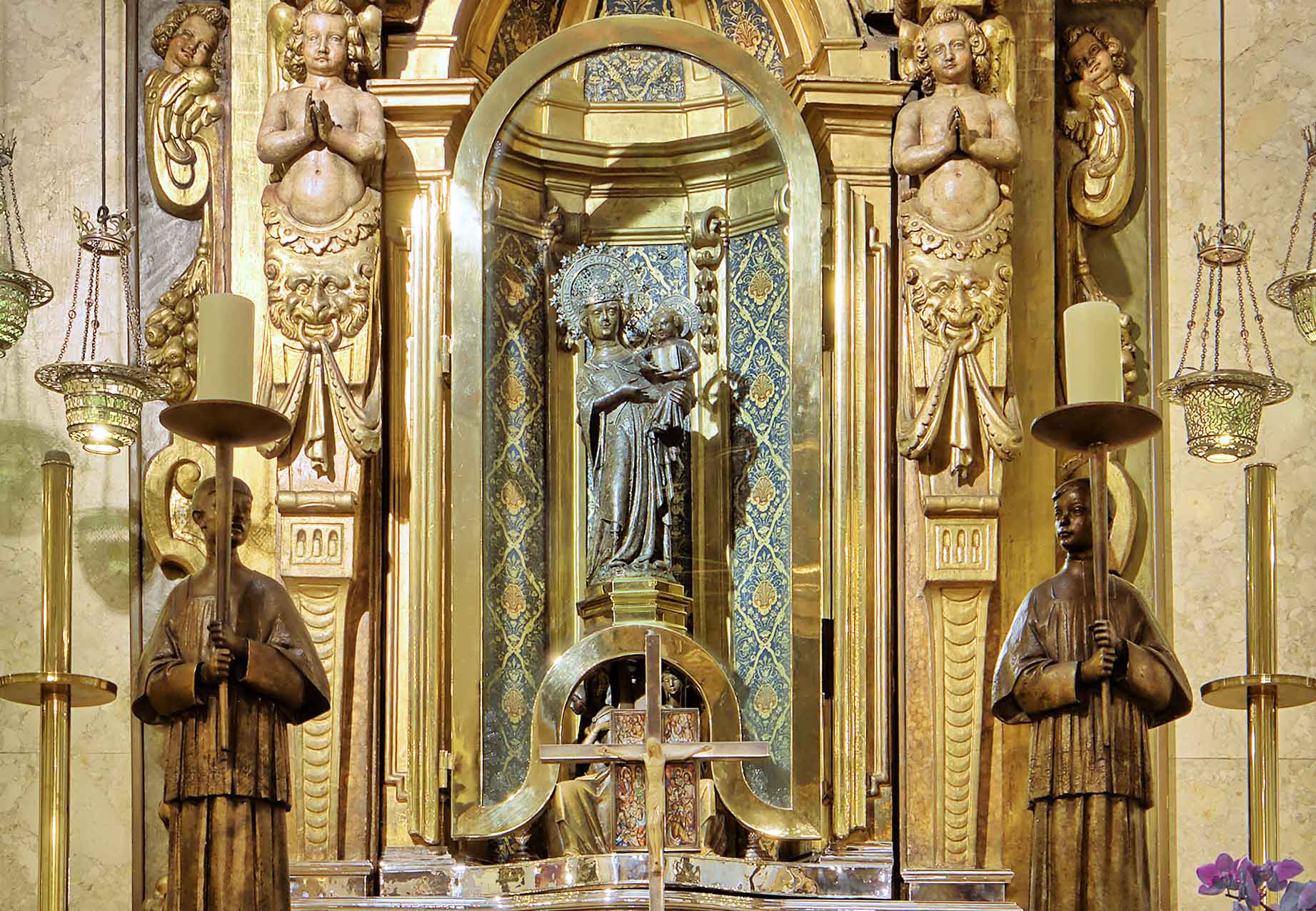 Main characteristics of Escorca’s culture
Main characteristics of Escorca’s culture
Archaeological heritage: Traces of the Talayotic culture have been found in places such as the Almallutx site. The Cueva de la Cometa dels Morts is a burial cave that reveals the rituals of early human communities.
Spirituality and religious heritage: The Monastery of Lluc is a place of pilgrimage and the spiritual center of the island. It houses the image of the Virgin of Lluc, patron saint of Mallorca. It offers hiking trails and concerts by the Escolanía de Lluc choir.
Cultural landscape: The Serra de Tramuntana mountains are the central feature. The landscape has been shaped by human activity through terraces, snow houses and watchtowers, reflecting the history of the area.
Traditions and festivals: These are kept alive through local celebrations. Highlights include the Diada Natur Esport festival in February and the Serra de Tramuntana Fair in October.
And that’s it for this brief guide to Escorca, Mallorca. We hope it helps.
By the way: Are you coming to Mallorca on a tourist trip? If you find it helpful, you can also check out our travel guide to Mallorca and more tourist information about the island

